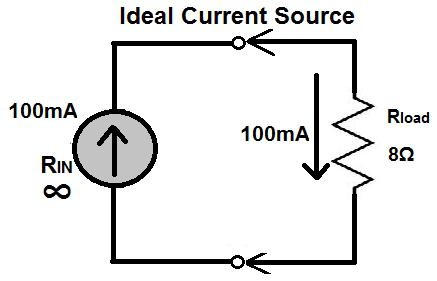Internal resistance and its physical meaning
Each current source has its own internalresistance. The electrical circuit is a closed loop with consumers, to which voltage is applied. Each such circuit has external resistance and internal.
External is the resistance of the entire circuit to consumers and conductors, and the internal resistance comes from the source itself.
If the current source is usedelectric machine, then its internal resistance is divided into active, inductive and capacitive. The active depends on the length of the conductor and its thickness, as well as the material from which the conductor is made, and its state. Inductive depends on the inductor of the coil (the magnitude of its counter-electromotive force), and the capacitive appears between windings of the winding. It is rather small. If the source is a conventional battery, then it also creates resistance due to the electrolyte.

The current is the directed motion of the particles, andresistance is the created obstacle in the way of its movement. Such obstacles are found both in the electrolyte and in the lead plates of storage batteries, in short, wherever a current arises.
Due to the fact that there is an internalresistance in the source, it can not be assumed that the voltage in the circuit is the total electromotive force of the source. Of course, the voltage drop in the source itself can be neglected, but only if it is negligible.
If large currents are created in the source circuit, thenThe voltage at the terminals can not be considered a true electromotive force. The current in the source is a sign of the voltage drop in it. In this case, the Kirchhoff law operates, which states that the true EMF of the circuit is the sum of the voltage drops at all sites, including the source itself. And the formula is written like this:
E = ΣU + Ir r
Where:
E is the total electromotive force of the chain;
U - voltage drop on the sections of the circuit;
Ir is the internal current generated at the source;
r is the internal resistance of the source.

By writing down all the values of the quantities, it is easy to determine the internal resistance. To do this, the voltage drop in the battery is first determined. Using formula
Ur = E-U
we perform the calculation.
In this formula:
Ur - voltage drop of the source internal resistance;
E is the voltage (EMF) measured at the source without the consumer;
U is the voltage measured directly on the resistance.
Thus, the internal resistance is calculated by the following formula:
r = Ur / I

Some specialists neglect thisvalue, considering that it can be ignored because of the small value. However, practice shows that in complex calculations, the internal resistance strongly affects the final result.
</ p>







